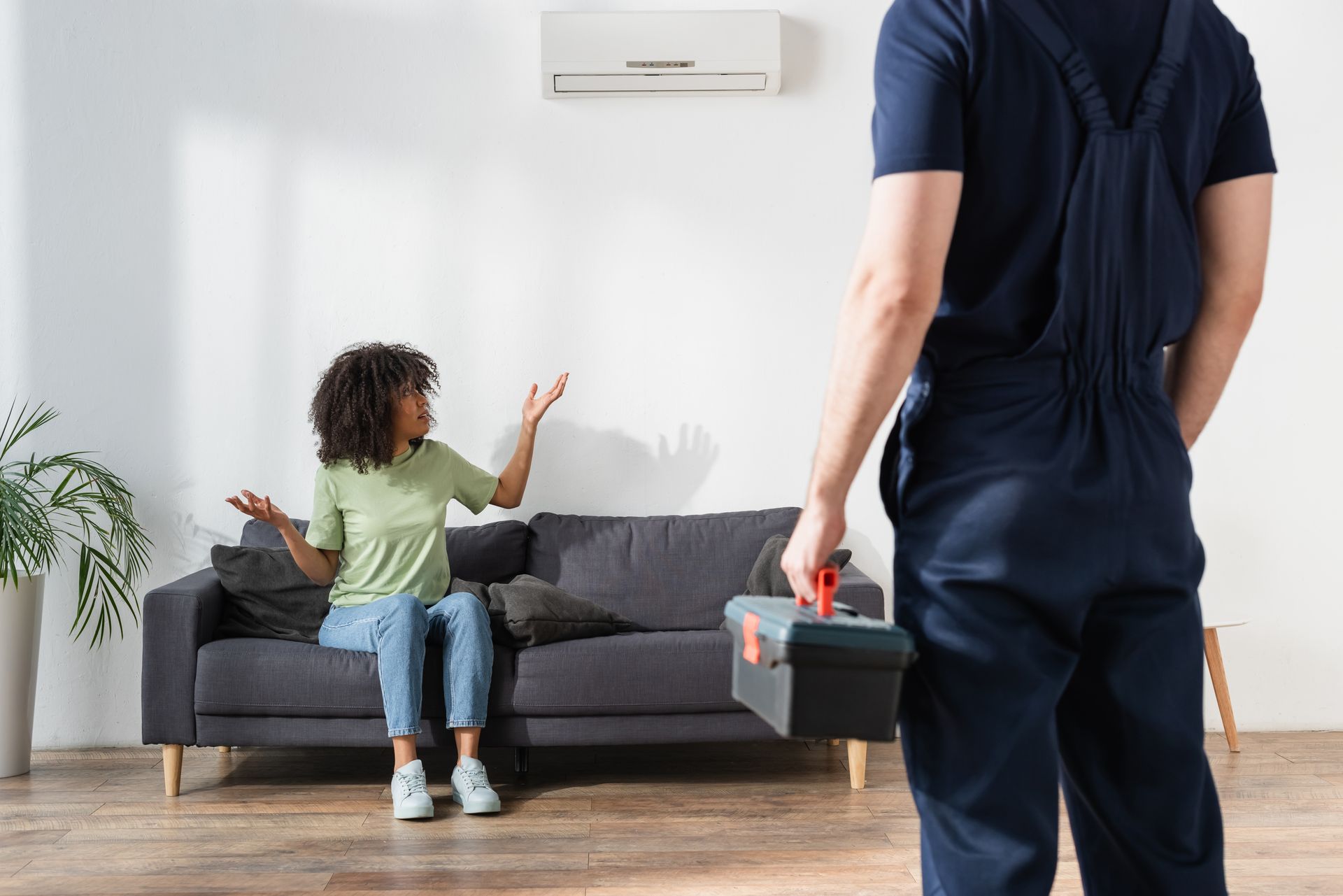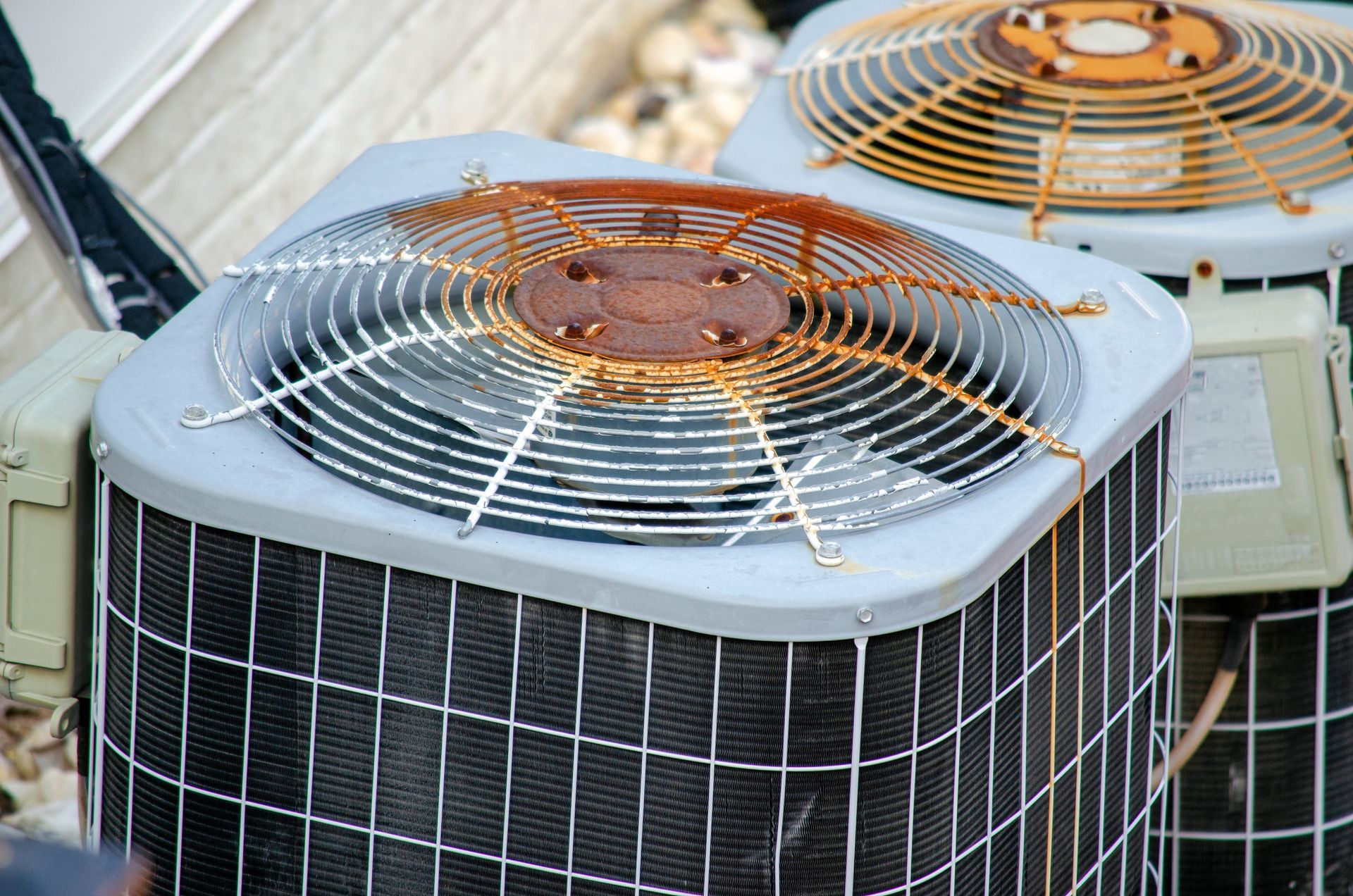Serving Residents of Tarrant County for Over 60 Years
Call the On-Time, Honest HVAC Experts | Available 24/7 for Emergency Services
5 Reasons Why Furnaces Fail to Ignite
Have you come home on a chilly day only to discover that your furnace isn’t working? It’s highly possible that the unit is having an ignition problem. The good news is that there are some basic troubleshooting steps you can take that might fix the issue. However, if the problem turns out to be more advanced (which we’ll get into), you’ll want to involve a technician.
First things first: the air filter.
Yes, we know we sound like a broken record when we say this, but so many heating and cooling issues can be prevented and solved by replacing the air filter. Before trying to troubleshoot an ignition problem with your furnace, take a second to see if the air filter is dirty and needs a replacement.
WHY YOUR FURNACE WON’T IGNITE
Now that you’ve checked the air filter, we’ll explain the common reasons behind failed ignition in furnaces.
The thermostat needs to be adjusted.
Normally, when you want to heat your home, you want your thermostat on “auto.” However, if your thermostat has a glitch, try switching to “heat” and “on,” just to get your furnace started. If the thermostat continues to act up, and resetting it doesn’t help, contact a technician to repair or replace it.
Your furnace tripped the circuit breaker.
Rather than relying on a pilot light to ignite, modern gas furnaces use electricity. The electricity either makes a spark or heats up a surface until it's so hot that it allows the gas to ignite. If a power surge occurs at the same time your furnace is using electricity, that power can overload the electrical circuit that your furnace is on. That’s what causes the circuit breaker to trip and shut off electricity to your furnace. No electricity means no ignition.
The solution is simple: just flip the circuit breaker switch back into position so that your furnace can get power again.
The furnace isn’t getting gas.
Your home should have a gas line shut off valve, typically located outside. When someone is performing maintenance on a gas appliance or gas line in your home, they might forget to open that valve after initially closing it for safety. Make sure the valve is in the open position, meaning the handle is parallel to the gas line. If the valve handle is perpendicular (a quarter turn) to the gas line, then the valve is closed. If you can’t find the shut off valve, you can test to see whether or not your home is getting gas by trying to turn on a gas-using appliance, like a stove.
If at any point you smell gas in your home:
- Get everyone outside immediately.
- Don’t start any vehicles or use any electrical appliances: these actions could create a spark that could ignite the gas.
- Don’t try to shut the gas supply off. This could also cause a spark.
- Call your natural gas utility once you’re a safe distance away.
- Hire a licensed professional for a repair.
There’s a problem with the ignition sensor (or thermocouple, in older furnaces)
Whether your furnace is new or old, it has a built-in safety feature that helps protect you from a dangerous gas buildup. If your furnace is an old model with a standing pilot light, this safety device is called the thermocouple. If the thermocouple can’t feel the pilot light’s heat, it shuts off the gas supply to your furnace before the gas can accumulate. New furnaces have an ignition sensor (or flame sensor). If it detects that the burners failed to ignite, it cuts off the gas supply.
If there’s a problem with the ignition sensor or the thermocouple, your furnace can have trouble igniting. For instance, if the thermocouple has moved out of position, it won’t feel your pilot light’s heat, so it will keep shutting off the gas to your furnace. The problem might also have to do with dirty burners. When your furnace isn’t routinely cleaned and maintained, dirt can clog the burners and cause a delay in ignition, which, in turn, triggers the ignition sensor to shut off the gas.
The gas mixture needs to be adjusted.
The gas your furnace uses is actually a natural gas-oxygen mixture. If the ratio of natural gas to oxygen is off, this can cause delayed ignition. When it comes to this type of repair, for safety’s sake, never go the DIY route. Always involve a trained HVAC professional.
At Tom's Mechanical, Inc., we offer reliable 24/7 heating repair in Arlington, TX! Call us at (972) 388-3669.
OTHER RECENT POSTS
REQUEST YOUR SERVICE WITH TOM'S MECHANICAL, INC.
For 24/7 emergencies, call us at (817) 277-4493 today!
Our Web Form Is Not For Emergencies
WE'RE A CUT ABOVE THE REST
Over 60 Years of HVAC Solutions
You Deserve To Be Comfortable In Your Own Home
Delivering the Highest Quality of Service
Serving Arlington, Southlake, Grapevine and Keller
Available 24/7 for Emergency Services
Local Office
3428 West Pioneer Parkway
Arlington, TX 76013
Map & Directions [+]
Quick Links



